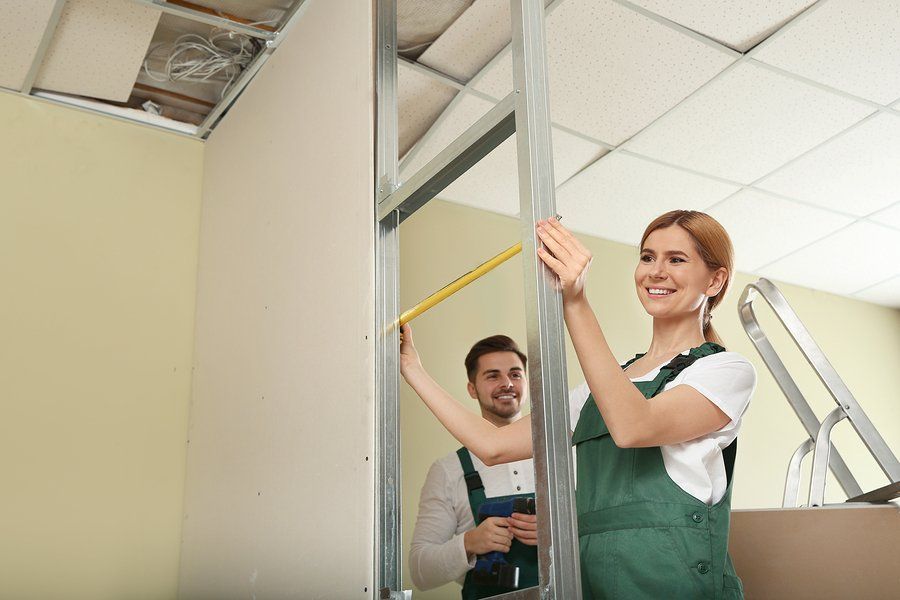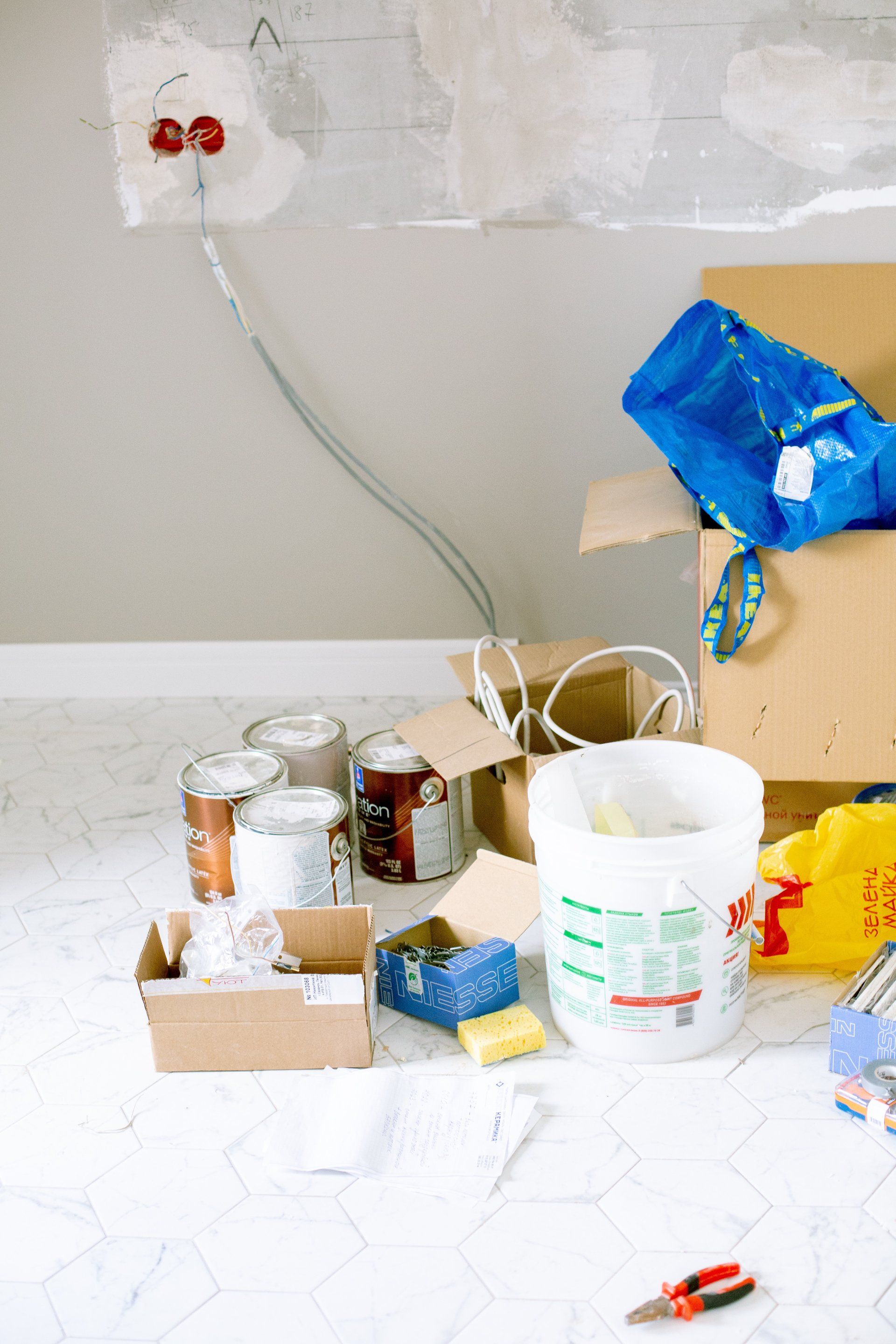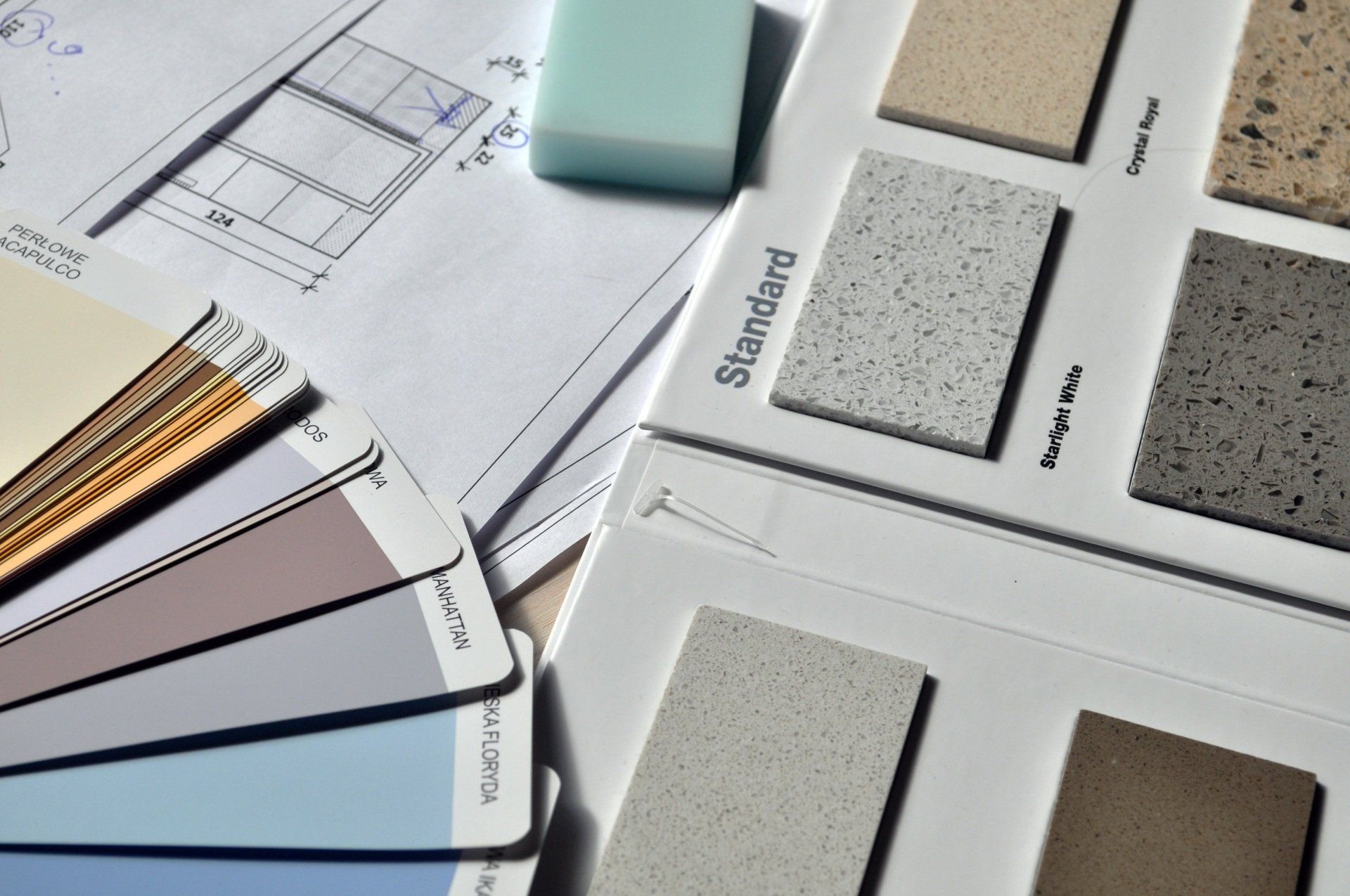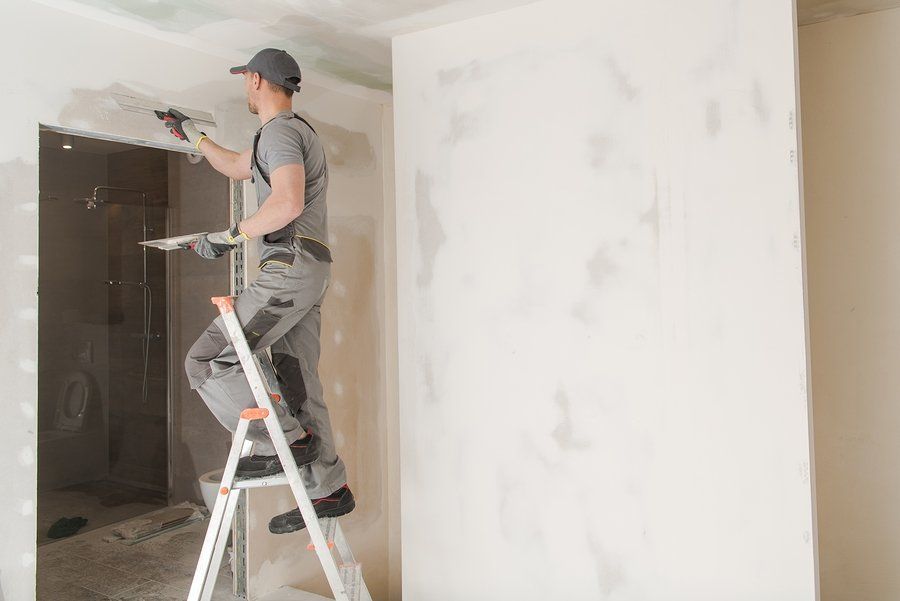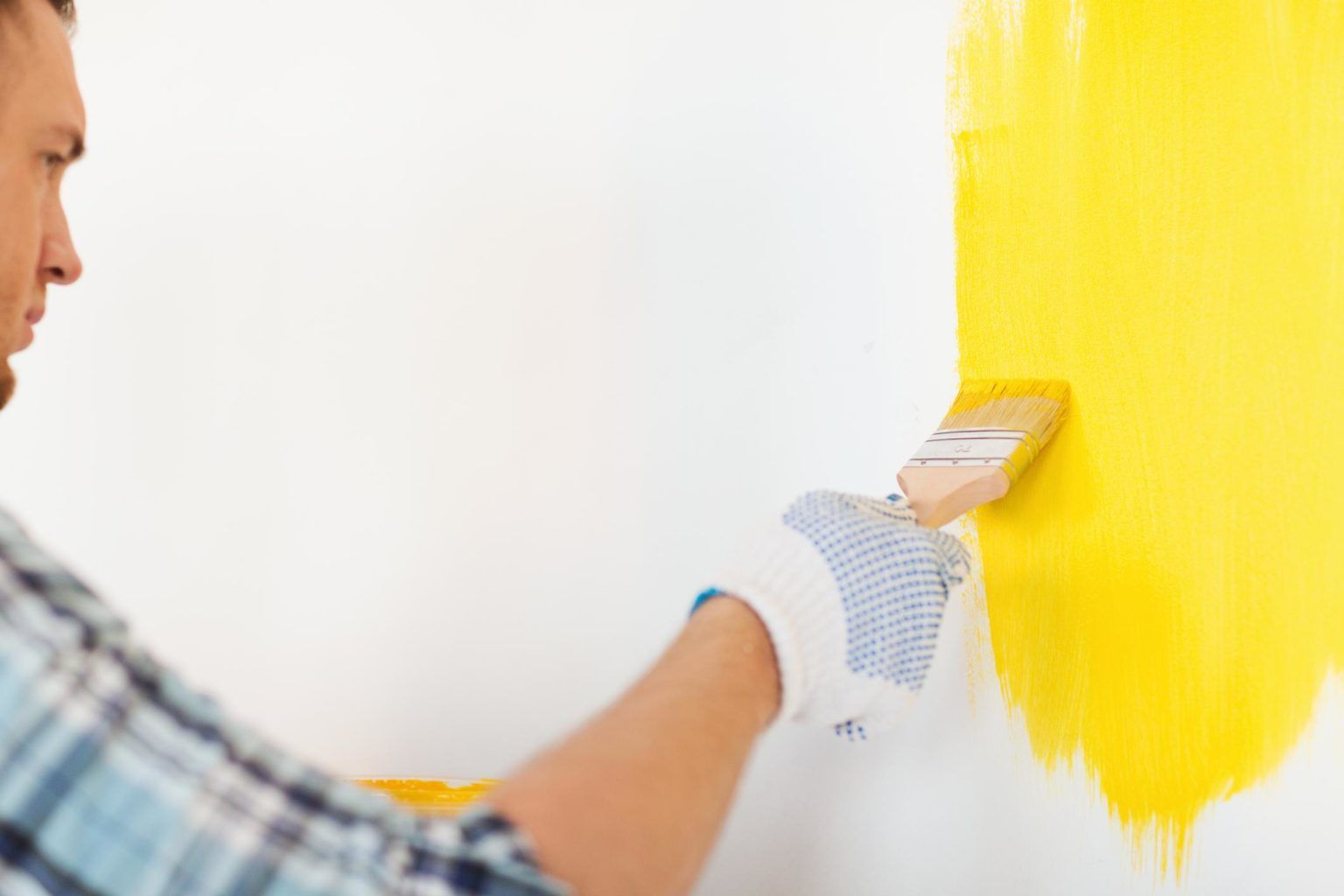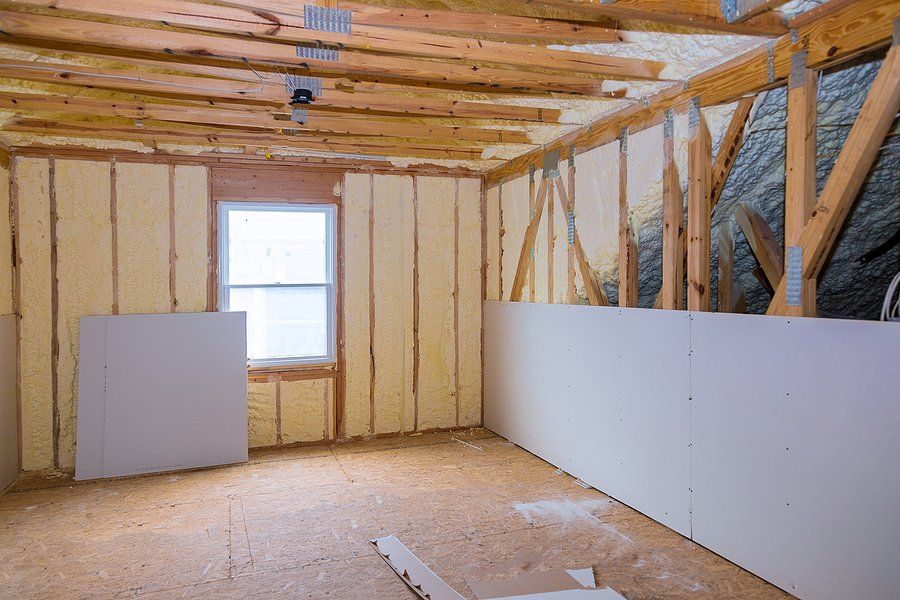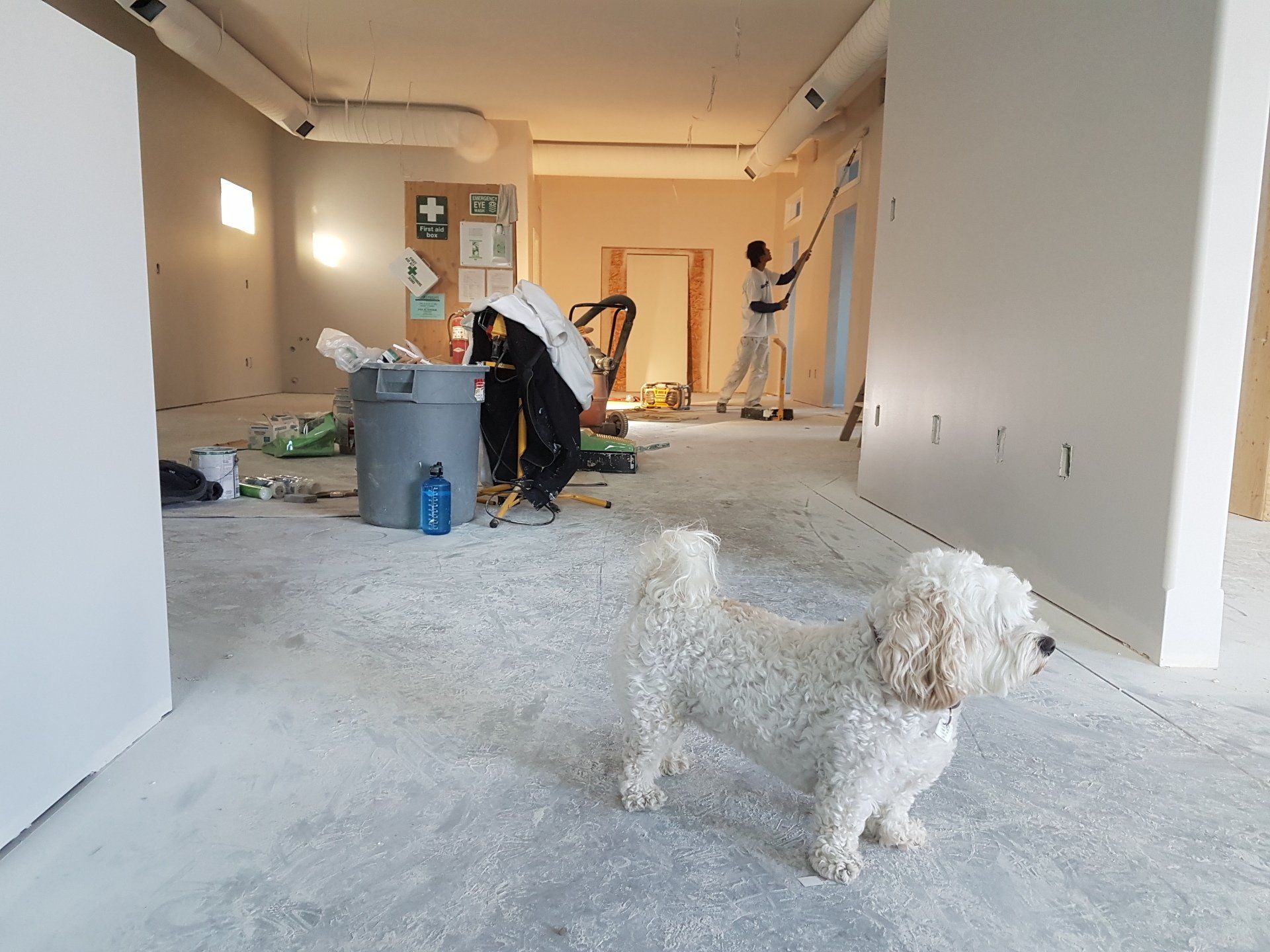DIY vs Professional Hole in Wall Repair
DIY vs Professional Hole in Wall Repair: Which is Best for You?
Holes in the wall are a common issue in many homes, whether due to accidental damage, moving furniture, or other incidents. When faced with this problem, homeowners often wonder whether they should tackle the repair themselves or hire a professional. In this comprehensive guide, we will explore the pros and cons of DIY and professional hole in wall repair, helping you decide the best approach for your situation.
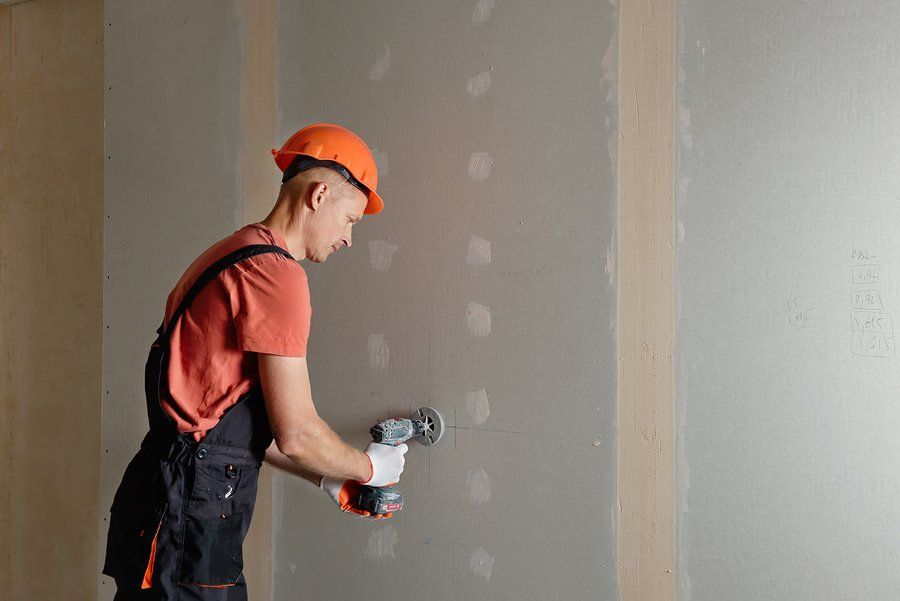
DIY Hole in Wall Repair
Pros
Cost-Effective:
One of the most significant advantages of DIY drywall repair hole in wall is the cost savings. Purchasing a repair kit or the necessary materials such as joint compound, sandpaper, and primer is generally inexpensive compared to hiring a professional.
Learning Experience:
Taking on the task yourself provides an opportunity to learn new skills. Repairing holes in wall can be a rewarding experience, giving you a sense of accomplishment once the job is done.
Convenience:
DIY repairs can be done at your own pace and schedule. You don't have to wait for an appointment with a professional, which can be especially convenient for minor fixes.
Cons
Skill Level:
While small holes might be manageable, fixing larger holes in wall requires a certain level of skill and knowledge. Poorly done repairs can lead to further damage and more costly fixes down the line.
Time-Consuming:
DIY repairs can be time-consuming, especially if you lack experience. What might take a professional a few hours could take a DIYer several days, considering the time needed for materials to dry between steps.
Quality of Finish:
Achieving a smooth, professional finish can be challenging. Issues such as uneven surfaces, visible patches, or poorly blended paint can detract from the appearance of your walls.
Want more tips on DIY Drywall holes patching? Check out this blog.
Professional Hole in Wall Repair
Pros
Expertise:
Professional drywall repair contractors have the experience and expertise to handle a wide range of issues. They know the best way to fill in holes in wall and can ensure a seamless repair that blends with the rest of the wall.
Time-Efficiency:
Professionals can complete the job quickly and efficiently, minimizing disruption to your home. This is particularly beneficial for larger or more complex repairs.
Quality Finish:
Hiring a professional often results in a higher quality finish. They have the right tools and materials to ensure the repair is durable and visually appealing.
Warranty:
Many professional services offer warranties on their work, providing peace of mind that the repair will last. If issues arise, they will return to fix them without additional cost.
Cons
Cost:
The main drawback of hiring a professional is the cost. Professional repairs can be expensive, especially for large holes or extensive damage. However, the investment often pays off in terms of quality and longevity.
Scheduling:
You will need to schedule an appointment, which might mean waiting a few days or even weeks for the repair to be done, depending on the contractor's availability.
Steps for DIY Hole in Wall Repair
If you decide to take on the repair yourself, here are the basic steps to follow:
Assess the Damage:
Determine the size and type of hole. Small nail holes require different methods compared to large holes.
Gather Materials:
For most repairs, you'll need joint compound, a putty knife, sandpaper, a patch (for larger holes), primer, and paint.
Prepare the Area:
Clean the area around the hole and remove any loose debris. For large holes, cut a clean hole around the damaged area to create a stable surface for the patch.
Apply the Patch:
For small holes, use joint compound to fill the hole. For larger holes, use a patch kit to cover the hole, then apply joint compound over the patch.
Smooth the Surface:
Allow the joint compound to dry completely, then sand it smooth. Repeat this process if necessary to achieve a flat, even surface.
Prime and Paint:
Apply a primer to the repaired area to seal it and prepare it for painting. Once the primer is dry, paint the area to match the rest of the wall.
Professional Repair Process
When you hire a professional, they will typically follow these steps:
Initial Assessment:
The professional will inspect the damage and provide an estimate for the repair.
Preparation:
They will prepare the area by removing any loose debris and securing the surrounding area to prevent further damage.
Patch Application:
Professionals use high-quality materials and techniques to apply a patch and joint compound, ensuring a seamless repair.
Sanding and Smoothing:
After the joint compound has dried, they will sand the area to create a smooth surface. They may repeat this process several times to achieve a perfect finish.
Painting:
Professionals will prime and paint the repaired area, ensuring it matches the rest of the wall.
When to Choose DIY vs Professional Repair
Choosing between DIY and professional repair depends on several factors:
Size of the Hole:
Small holes (such as nail holes) are generally easy to fix on your own. Larger holes or structural damage are better handled by professionals.
Skill Level:
Consider your own skill level and experience. If you are confident in your abilities, a DIY repair can be satisfying. If not, a professional ensures the job is done right the first time.
Time and Convenience:
If you have the time and enjoy DIY projects, repairing holes in wall can be a good option. If you prefer convenience and a guaranteed finish, hiring a professional is the way to go.
Budget:
DIY repairs are more budget-friendly but may lack the quality and durability of a professional repair. If budget allows, investing in professional repair can provide a better long-term solution
Conclusion
Choosing between DIY and professional hole in wall repair depends on various factors, including the size of the hole, your skill level, time availability, and budget. While DIY repairs can be cost-effective and convenient for minor issues, professional repairs ensure a higher quality finish, especially for larger or more complex damage. By understanding the pros and cons of each approach, you can make an informed decision that best suits your needs and ensures the longevity and aesthetics of your walls. Whether you opt for a DIY solution or hire a professional, addressing holes in your wall promptly and effectively is crucial for maintaining the integrity and appearance of your home.
Ready to work with Los Angeles Drywall Contractor Pros?
Let's connect! We’re here to help.
Send us a message and we’ll be in touch.
Or give us a call today at 818-514-7104
